
Best of 2016: Top Topics in The Plant Cell journal
Blog, Research, Research Blog, The Plant CellWe’ve highlighted some of the Plant Cell papers that were widely shared, liked, blogged, retweeted and otherwise garnered high-levels of attention this year. Perhaps you can use some holiday-season quiet time to catch up on those you missed.
Reviews and Perspectives
Creating order from chaos: epigenome…
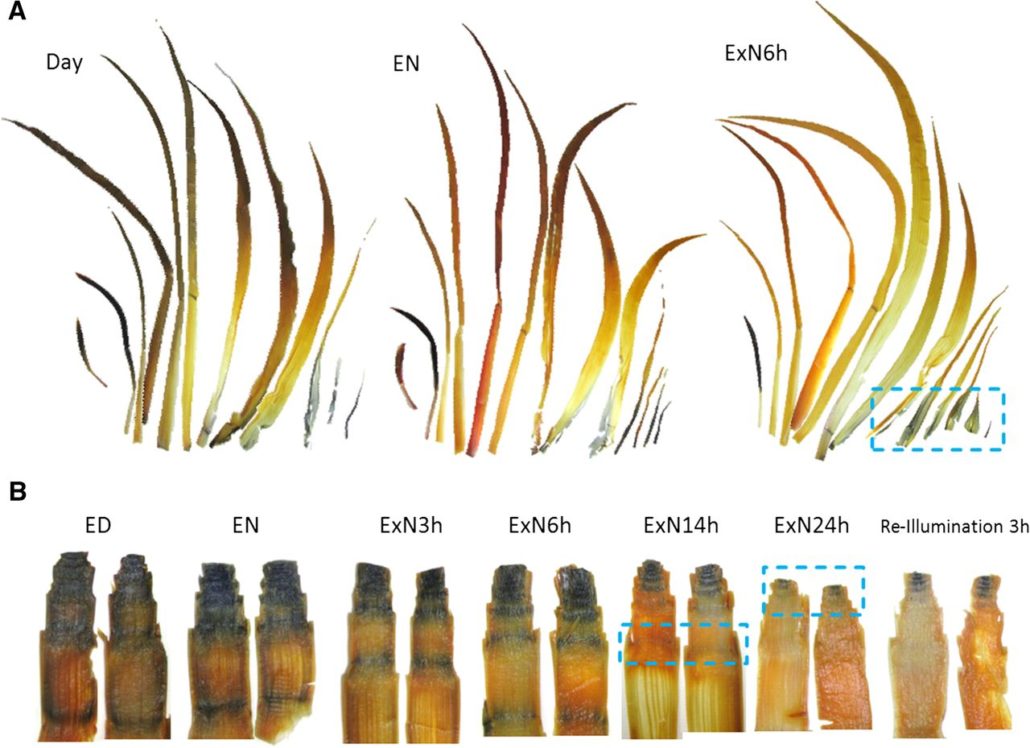
Best of 2016: Top Topics in Plant Physiology jounal
Blog, Research, Research Blog
We’ve highlighted some of the Plant Physiology papers that were widely shared, liked, blogged, retweeted and otherwise garnered high-levels of attention this year. Perhaps you can use some of that holiday-season quiet time to catch up on those you missed.
The breakaway attention-getter from Plant…
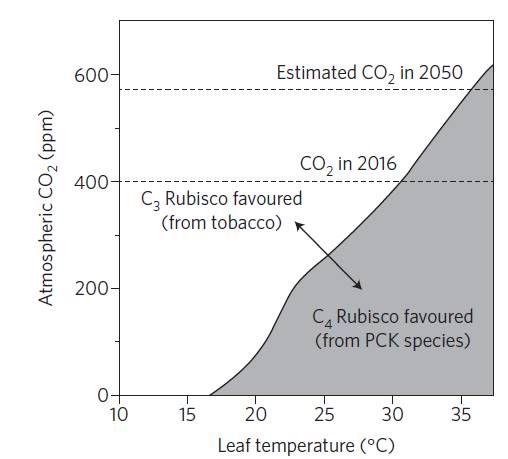
Improving Rubisco
Plant Science Research Weekly, Research0 Comments
/
Rubisco (Ribulose-1,5-bisphosphate carboxylase / oxygenase) is the enzyme responsible for fixing almost all inorganic carbon into organic form, but it is not optimized for current conditions. As temperature and CO2 levels increase, there is an opportunity to increase photosynthetic efficiency by engineering…
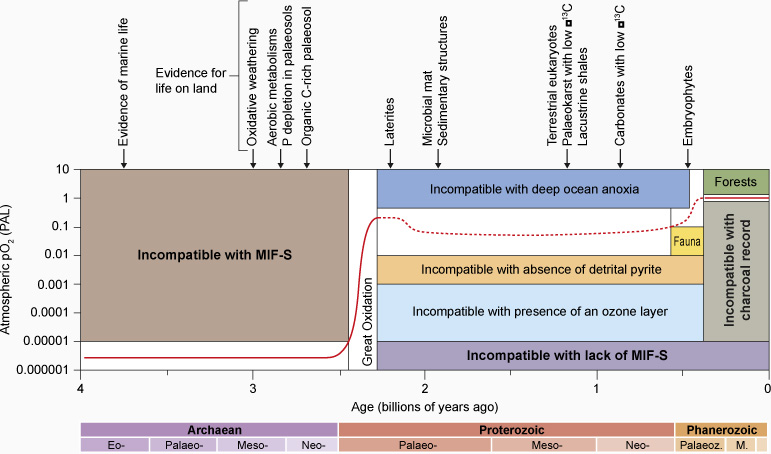
Review: Biogeochemical effects of early life on land
Plant Science Research Weekly, ResearchEarth colonization by life happened billions of years ago. Weathering of soils by microbial mats leave a characteristic signal that can be used to shed light on the mechanisms involved in colonization. In this review, Lenton and Daines discuss the growing mass of evidence that points to the biogeochemical…
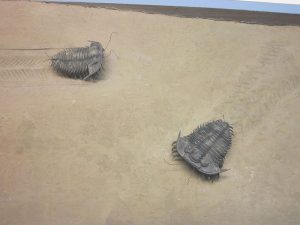
Pushing back the dawn of life
Research, Research BlogOur understandings of the forces that have shaped Earth and the forces that have shaped life on Earth have common roots. Charles Darwin was famously inspired by the work of early geologists such as Charles Lyell, who proposed that Earth was subject to slow but gradual change. This idea recurs in Darwin’s…
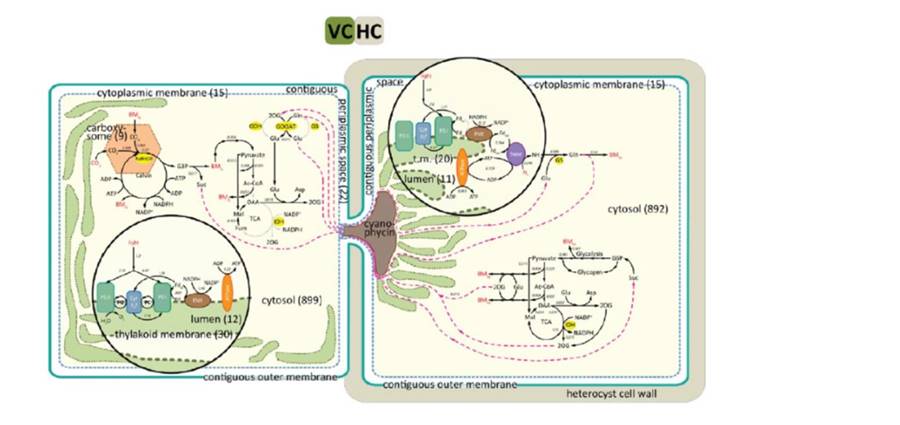
Two-cell metabolism in multicellular cyanobacteria ($)
Plant Science Research Weekly, Research
Nitrogen-fixing cyanobacteria such as Anabaena sp. PCC 7120 have the challenge of supporting nitrogenase, an enzyme that is highly sensitive to oxygen, and simultaneously photosynthesis, an oxygen-producing set of reactions. They accomplish this by segregating these reactions into two cells, heterocysts…

From LUCA to Lily: 12 perspectives for teaching about plants
Education, Resources, UndergraduateThe other day I was talking to a friend about the need to demystify plants, so that teachers feel as confident in their teaching of plant biology as they do about animal biology. I wonder if sometimes we teach plants too much in isolation, so it’s not always clear how plants relate to other organisms…
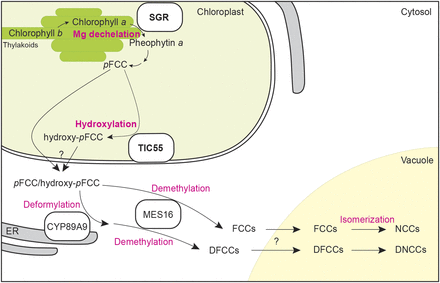
It’s Not Easy Not Being Green: Breakthroughs in Chlorophyll Breakdown
Research, The Plant Cell, The Plant Cell: In Brief
IN BRIEF by Jennifer Mach [email protected]
Plants can dispose of organs such as leaves and recycle the nutrients in these organs into new leaves, seeds, or storage organs. However, when separated from its photosystem proteins, chlorophyll can be phototoxic, absorbing light and producing high-energy…

